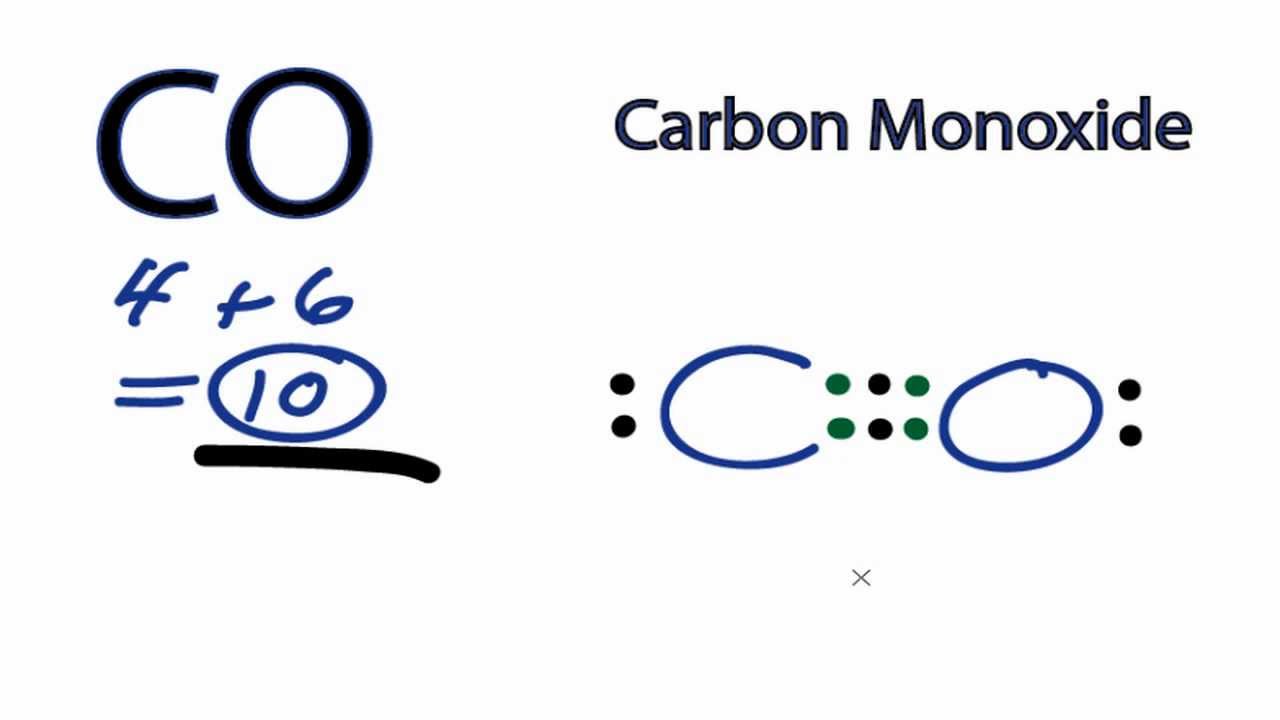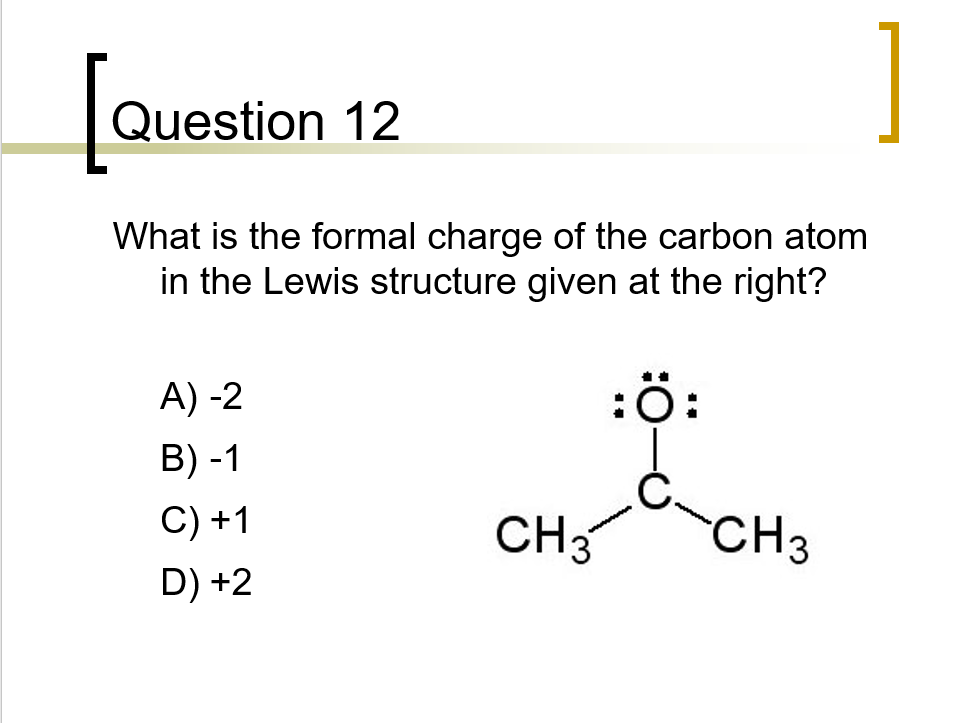
However, delocalized carbanions may deviate from these geometries. 1,2-Disubstituted vinyl anions have E and Z isomers that undergo inversion through a linear transition state. This contrasts with carbocations, which have a preference for unoccupied nonbonding orbitals of pure atomic p character, leading to planar and linear geometries, respectively, for alkyl and alkenyl carbocations.

Valence shell electron pair repulsion (VSEPR) theory makes similar predictions. By Bent's rule, placement of the carbanionic lone pair electrons in an orbital with significant s character is favorable, accounting for the pyramidalized and bent geometries of alkyl and alkenyl carbanions, respectively. As a consequence, localized alkyl, alkenyl/aryl, and alkynyl carbanions assume trigonal pyramidal, bent, and linear geometries, respectively. In organic synthesis, organolithium reagents and Grignard reagents are commonly treated and referred to as "carbanions." This is a convenient approximation, although these species are generally clusters or complexes containing highly polar, but still covalent bonds metal–carbon bonds (M δ+–C δ−) rather than true carbanions.Ībsent π delocalization, the negative charge of a carbanion is localized in an sp x hybridized orbital on carbon as a lone pair. A carbanion is one of several reactive intermediates in organic chemistry. The carbanions formed from deprotonation of alkanes (at an sp 3 carbon), alkenes (at an sp 2 carbon), arenes (at an sp 2 carbon), and alkynes (at an sp carbon) are known as alkyl, alkenyl ( vinyl), aryl, and alkynyl ( acetylide) anions, respectively.Ĭarbanions have a concentration of electron density at the negatively charged carbon, which, in most cases, reacts efficiently with a variety of electrophiles of varying strengths, including carbonyl groups, imines/ iminium salts, halogenating reagents (e.g., N-bromosuccinimide and diiodine), and proton donors. įormally, a carbanion is the conjugate base of a carbon acid: In organic chemistry, a carbanion is an anion in which carbon is trivalent (forms three bonds) and bears a formal negative charge (in at least one significant resonance form). Boron, similarly, does not make for a dependable, stable base structure.Ion with a negatively charged carbon atom Nitrogen has five valence electrons so generally only forms 3 single bonds, limiting its usefulness. No other element can quite do what carbon does: Silicon has the ability to form four bonds with other atoms but those bonds tend to be weak due to the additional electron shell in a silicon atom. Carbon is like the classic 6 peg Lego in that it is a widely used building block in molecules.

Some Lego blocks are very limited in their use, while others are versatile for basic building. In a similar fashion Carbon can make 4 bonds, with varying geometry and generally stable structures. It has the features that make it an ideal basic building block for the construction of a wide variety of larger, complex shapes necessary for biological function. The 6-pin Lego is able to make lots of other connections, and also can make strong, stable connections. But the larger organic molecules can contain hundreds or thousands of carbons, linked with rings and bridges and other complex structures that fold into particular three-dimensional structures.Ĭarbon is a bit like a basic Lego building block. Small organic molecules might contain just one or two carbon atoms surrounded by other atoms. The architecture of carbon structures is therefore fantastically varied. Amoxicillin, C16H19N3O5S Benjah-bmm27, Public domain, via Wikimedia Commons It readily bonds with other atoms such as oxygen, nitrogen and hydrogen, forming quite stable arrangements with these common elements as well. The four valence electrons in a carbon atom can do this by forming four single bonds, or by forming two single bonds and a double bond, by forming one single bonds and a triple bond, or by forming two double bonds.Ĭarbons covalently bond with one another, also, forming chains of various lengths, and rings. Carbon does however readily engage in covalent bonding, sharing electrons with neighboring atoms and forming tight associations with them.

So while a carbon atom can be ionized through either the gain or loss of electrons, it does not tend to do so. The outer shell has four electrons that are held quite strongly by the electrostatic pull from the nucleus.

The nucleus contains 6 positively-charged protons, and there are 6 electrons outside the nucleus distributed into two shells. Carbon, atomic number 6, is an element with atoms that are small and relatively simple.


 0 kommentar(er)
0 kommentar(er)
